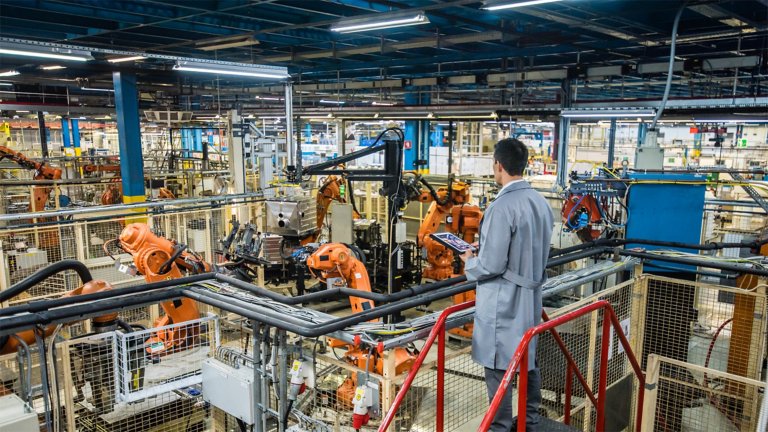We work in an industry where system infrastructures can operate for decades, but they require constant maintenance. Maintaining the status quo can help reduce risk, but the truth is our industry is crying out for innovation. Our customers are continuously sharing the challenges that they’re facing. For example, projects are getting much more sophisticated, with larger teams representing multiple parts of the business from multiple locations.
Simultaneously, you have people across generations using different skill sets as they try to work together as efficiently as possible. You have software developers with modern programming experience working with more traditional automation developers and users. You want to offer the latest technology and development options that attract new talent and equip them for success, but you also have to meet the needs and preferences of your established workers and the teams you’re delivering to.
These challenges are just some of what Rockwell Automation has been working to solve with the FactoryTalk® Hub™. We are reshaping the future of automation software, taking thoughtful steps to evolve our industry and maximize benefits to our customers while reducing risk and complexity. What we've learned along the way is that you don't have to reinvent the wheel to find the best solutions. Instead, we’ve applied proven technologies from other industries, modified and adapted them, and added our own learnings to create unique and immediate value for production environments.
We are now in the early stages of delivering FactoryTalk® Design Studio™, a new, cloud-native application entry to the FactoryTalk® Hub™ Suite. Beginning with controller programming, it will provide a modern design environment with multi-controller project support, and powerful solutions that will simplify the way people collaborate on systems. We’ve incorporated modern software development methodologies into familiar automation software functions, giving you an unprecedented level of flexibility. I’d like to share two examples with you today.
- Design flexibility. Some control system programmers like to use graphical editors for ladder and function block programming, which are intuitive for maintenance staff to use. However, we can’t forget about the programmers who find it more efficient to develop using text-based languages. Historically, what was easier for many programmers to use was not easier for maintainers to use and because these were two different languages, programmers had to compromise. Not anymore.
With FactoryTalk® Design Studio™, the same logic and code can be created and viewed either as text or graphical. It’s the user’s choice. Programmers can have confidence that no matter what editor they use, the code will be available in both views and will execute just the same. Programmers are empowered to make their own choice about how they want to work, knowing what they are delivering will meet the needs of their peers and other collaborators downstream. - User-centric collaboration. As systems grow larger and more complex and teams get more distributed, the need for better collaboration is critical. People are often forced into siloed roles to avoid stepping on each other’s toes and making overlapping edits that can result in conflicts. These limitations can help prevent programmers from working in parallel, slowing you down.
The software development industry solved this problem with distributed version control systems that are designed to handle projects of all sizes reliably and efficiently. Now, FactoryTalk® Design Studio™ leverages this proven technology to make multi-user collaboration a reality in industrial automation. With intuitive collaboration tools, automated change tracking, and conflict management capabilities, you can dramatically boost team productivity.
At Rockwell Automation, we’re committed to empowering our customers with the solutions they need and the technology they can trust. That’s what we’re delivering with FactoryTalk® Design Studio™ as part of FactoryTalk® Hub™ – solutions that facilitate teamwork, increase productivity, and provide new levels of flexibility. Learn more about it here.



